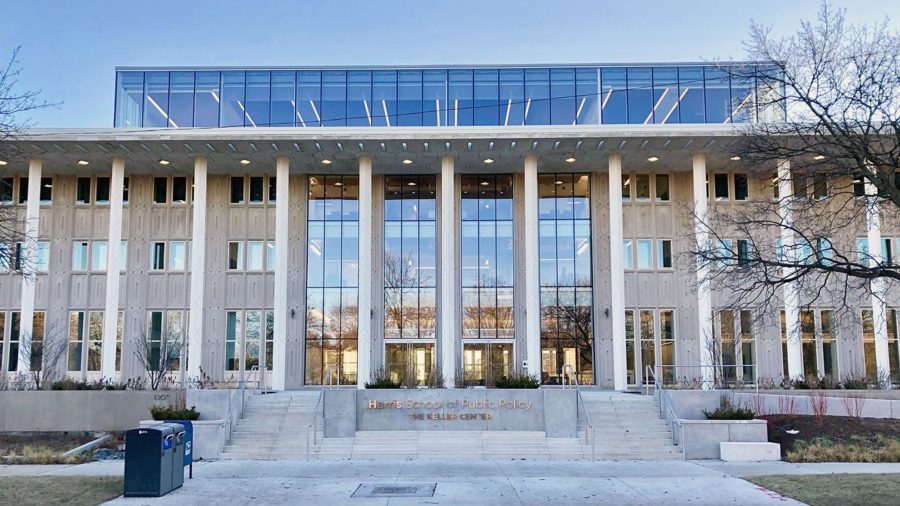In early April, two district courts came to different rulings on the same case regarding mifepristone, a widely-used abortion pill. In Texas, a U.S. District Judge ruled the FDA’s earlier approval of mifepristone should be considered unlawful. Yet in Spokane, Washington, another U.S. District found that federal officials may not restrict access to the pill in at least 17 of the states in which attorney generals had sued to ensure the availability of mifepristone. A situation in which courts have ruled contradicting legal decisions has very few precedents, and the steps forward for both the legal landscape and healthcare policies are unclear. David Strauss, Gerald Ratner Distinguished Service Professor of Law, and Robert Kaestner, research professor at the Harris School of Public Policy, spoke to The Maroon to shed light on these circumstances.
Strauss explained that, though the contradictory decisions made by the courts are rare, there are contingency legal systems in place. “You can ask one or both of the judges to make it clearer what their orders require, in the hope that that will resolve the conflict,” he said.
In the case conflict resolution doesn’t work and further appeals also fail, the Supreme Court is seen as a last resort. “That’s not ideal—the Supreme Court has a lot of responsibilities, so it would be better if this got resolved without having to go to the Supreme Court—but if all else fails, the Supreme Court unquestionably has the power to resolve the problem presented by inconsistent orders from federal courts,” Strauss said.
Strauss also asserts that the contradictory rulings were not the issue, but rather the Texas decision itself. “There are lots of things wrong with that decision,” Strauss said. “If the approach the judge took in that case were to be used by judges generally, it would present major problems not just for FDA but for many other government agencies. More immediately, of course, that decision would sharply limit people’s access to a safe and effective drug that is critical to reproductive health care.”
Kaestner, who conducted research on how distance from an abortion provider will affect the abortion rate, discussed some of the possible healthcare implications of a possible abortion ban. “Medication abortion accounts for approximately half of all abortions, and likely has a larger share in states that have restricted abortion, for example, by banning abortions after six weeks,” he said, “So, limiting access to mifepristone has the potential to have a large effect on the number of abortions and births.”
Kaestner also critiqued the argument that restrictive policies will decrease abortion. “This is important because, putting aside ethical issues, support for such policies depends on these consequences,” Kaestner said. “For example, if recent policies reduce both abortions and births, some people would view this outcome as a positive development and would be more likely to support such policies.”
Thinking from a holistic view, Kaestner voiced concerns that a possible abortion ban would lead to an increase in law-breaking behaviors. “There will also be other changes such as the growth of clandestine and novel legal ways to obtain mifepristone, as well as greater travel to states that allow access to either or both mifepristone and abortion. This development will have social consequences because of the use of real resources to evade the law’s impact,” he said.
The Supreme Court issued a pause on the Texas judge’s ruling through April 21 to allow for more time to consider how to handle the case.









